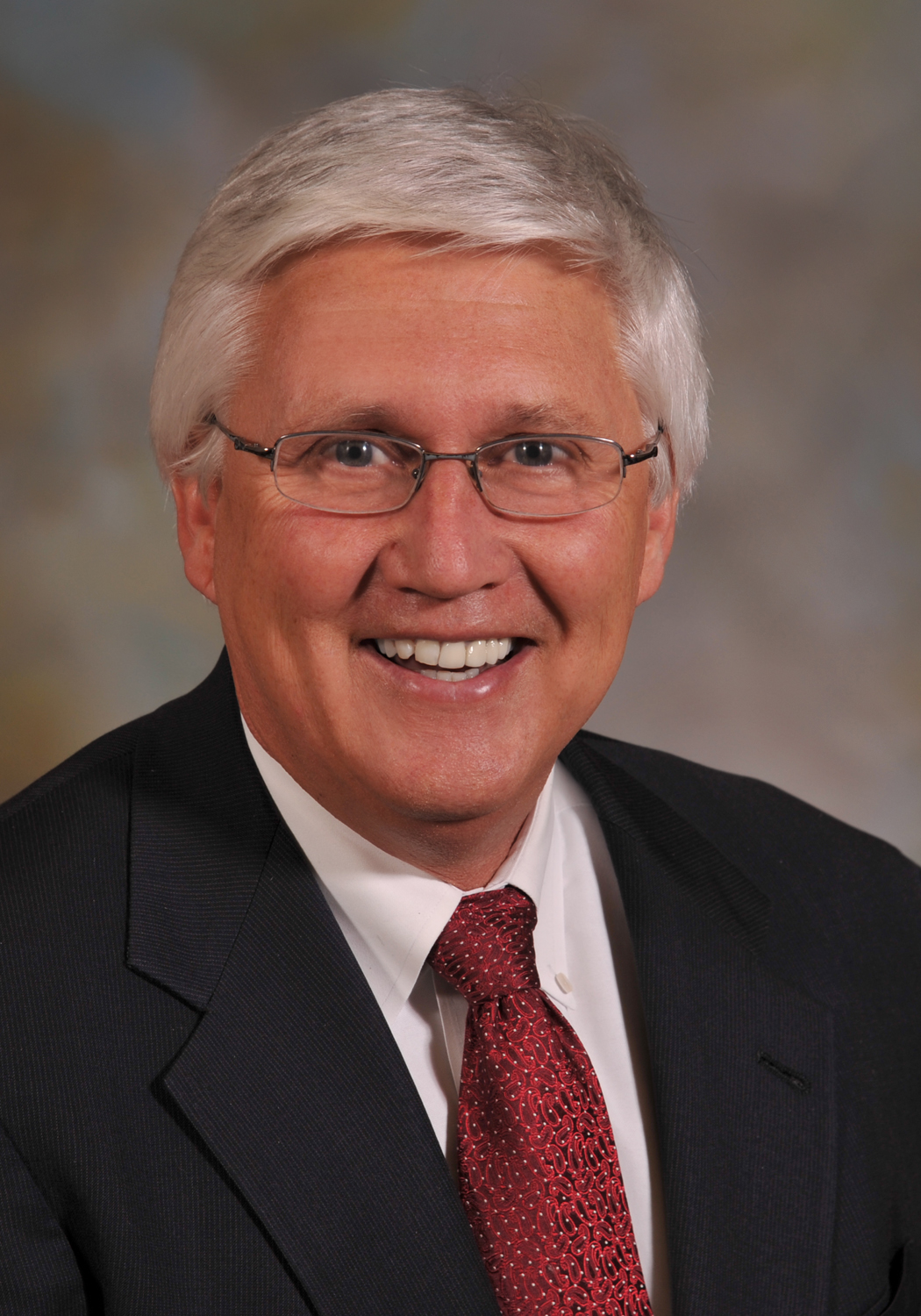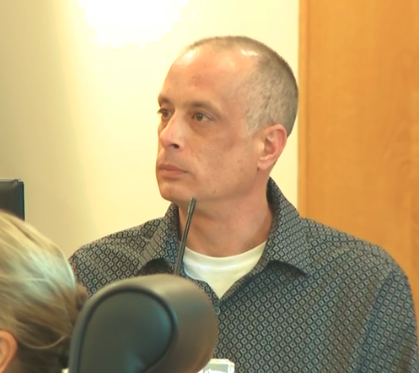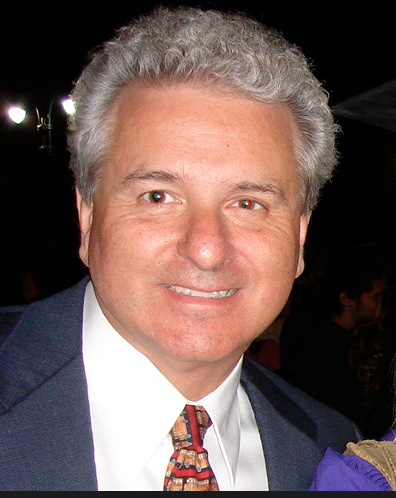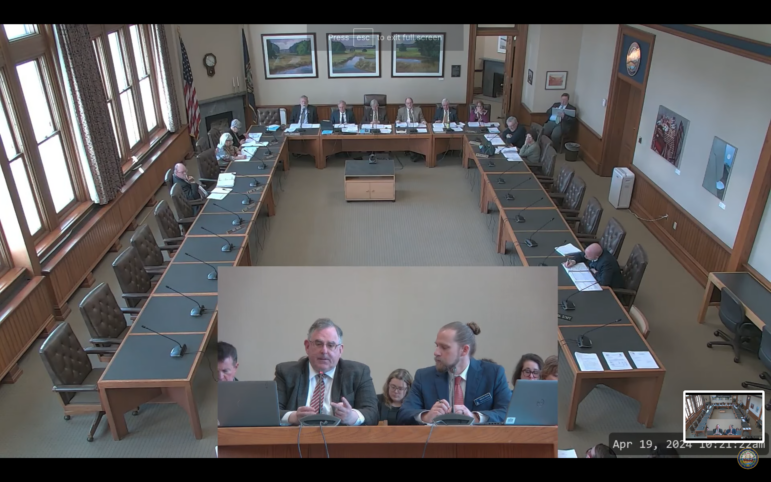By GARRY RAYNO, InDepthNH.org
CONCORD — The office charged with distributing federal COVID-19 funds may use outside groups to help screen applications and distribute money.
At Monday’s meeting of the Legislative Advisory Committee of the Governor’s Office for Emergency Relief and Recovery, members learned of discussions with agencies like the New Hampshire Charitable Foundation and the Business and Industry Association as well as state agencies like the Business Finance and Community Development Finance authorities to help with the distribution of CARES act funds totaling more than $1.25 billion in the state.
The committee also seeks to determine the multiple streams of federal money available to help the state and local governments, businesses, organizations and non-profits offset costs of the COVID-19 epidemic that has infected at least 2,000 residents and claimed 60 lives.
At Monday’s meeting Senate Minority Leader Chuck Morse, R-Salem, said U.S. Sen. Jeanne Shaheen has provided a document outlining federal programs available to help cover the epidemic’s costs.
“As we proceed with our work it is important to understand all the streams where money is available,” said House Finance Committee Chair Mary Jane Wallner, D-Concord, and what has already been spent.
The committee heard the office’s general counsel, Nancy Smith, say the money cannot be used to match other federal programs such as FEMA expenditures or to replace other federal funds.
Morse and Wallner suggested agencies outside of state government would be more experienced and capable of handling hundreds or thousands of applications for smaller amounts of money.
Morse said he is developing a document with general categories such as hospitals as a way to begin the discussion. GOFERR director Jerry Little said he wants to begin next week for recommendations on how the money should be spent.
One concern raised by members has been revenue shortfalls both for the state and for local communities that are likely to see property tax payments decline as businesses and individuals are not able to pay due to the economic slowdown.
Smith told the committee the money may not be used for that purpose, only for actual costs associated with the pandemic and the resulting public health emergency that was not included in state or municipal budgets.
She said if a community generally uses a tax anticipation note but has to take out a larger loan this year, the difference in interest and borrowing costs would be an allowable use of the CARES funds.
The expenditures have to occur between March 1 and Dec. 31, Smith said, and the money has to be obligated by Dec. 31 or returned to the federal government.
The money also has to follow normal federal grant guidelines, Smith said, so communities receiving more than $750,000 in federal funds will need to do an independent audit to ensure proper use.
She said hospitals and health-care organizations routinely do those audits but smaller communities may not.
There is more flexibility for businesses and nonprofits to cover such things as revenue interruption because of a state closure order, or payroll retention, or protective equipment, or technology to provide on-line services.
But Smith noted if a business has received money under the payroll protection program it could not seek additional money for payroll costs.
And she said the money may not be used to cover business loses not associated with the pandemic. “There has to be a legitimate relationship between the business and COVID-19,” Smith said, “not if the business is failing anyway.”
Morse asked if a business receiving money under the CARES Act, would be able to pay its property tax bill with the money, and Smith said it could.
“That would help twofold,” Morse said. “The business would not be delinquent, and towns would get the money.”
Smith said a state statute requires a business that receives state money not to be delinquent on its taxes and said something could be built into loan or grant applications to address that.
“If we put some thought into this,” Morse said, “we can expand the $1.2 billion into a lot more and get some money into towns and cities (for property taxes).”
Mental Health
The 10 community mental health centers have seen the need for their services expand during the last six weeks, while their revenues have decreased.
Roland Lamy, Executive Director of the Community Behavioral Health Association, said the centers expect a revenue shortfall of $18 million over six months, as well as additional expenses of $6.3 million which has created an expected $24 million deficit for the 10 centers.
He said they have seen a dramatic decline in revenue for fee-for-services, Medicaid plans, commercial insurance and self-pay sources.
The centers are working with other agencies to meet a new need which is largely children and young adults due to schools closing and moving and using remote learning.
Jay Couture, Executive Director of Seacoast Mental Health Center, said two other areas also experiencing increases are health-care workers who are on the front lines every day and elderly people experiencing isolation and stress.
While the centers have moved most patients to telecommunications, she said, face-to-face appointments are sometimes necessary and occur through the emergency access and mobile crisis programs.
Little asked Lamy what he believed private mental health providers were experiencing during the epidemic.
“It is really hard be an independent practitioner with closed doors and not be able to invest in the (needed) technology,” Lamy said. “This potentially could be the end of practitioner care for many providers.”
The committee meets remotely again Wednesday at 1 p.m. and again Friday at the same time.
Garry Rayno may be reached at garry.rayno@yahoo.com.





